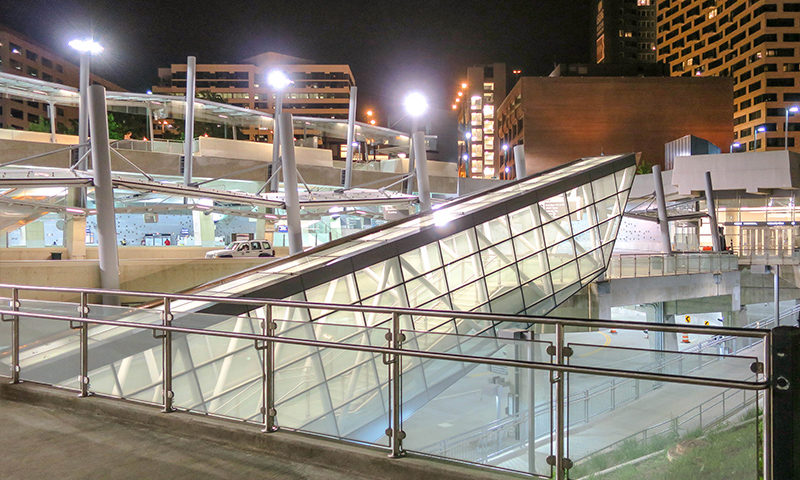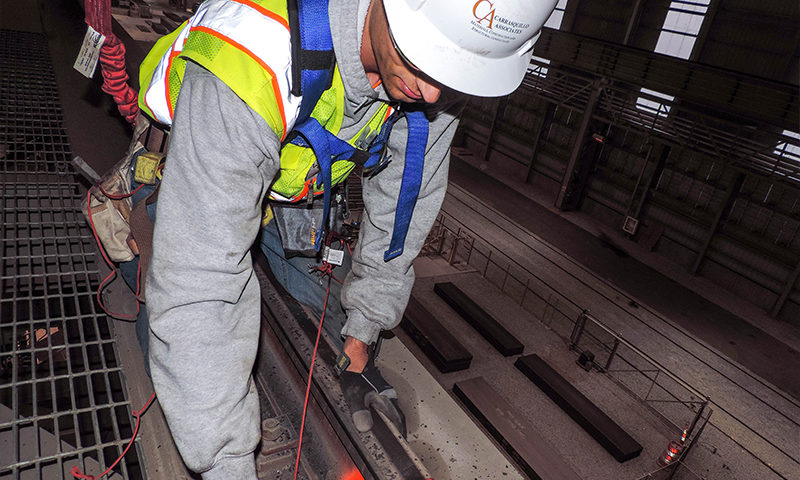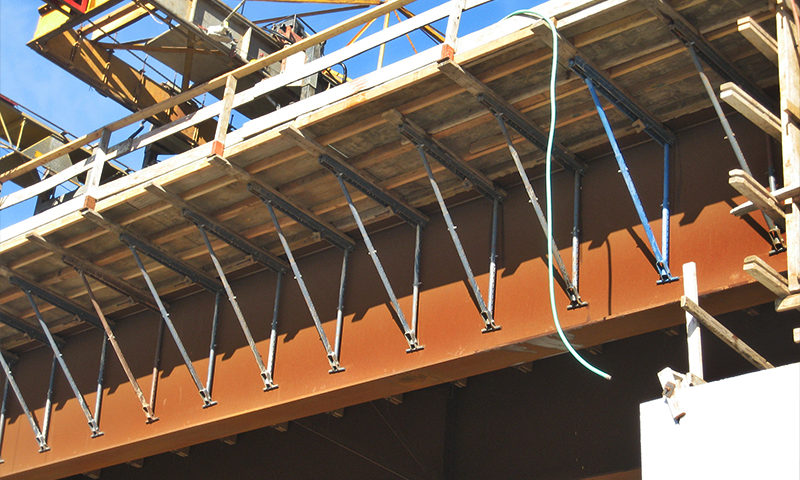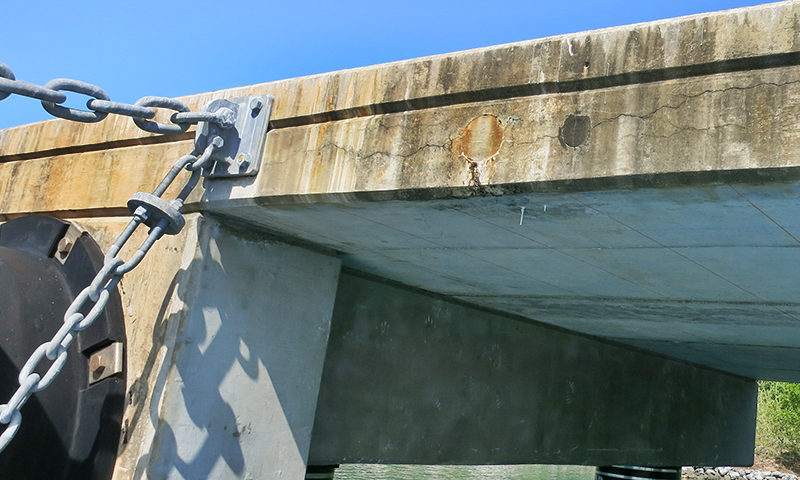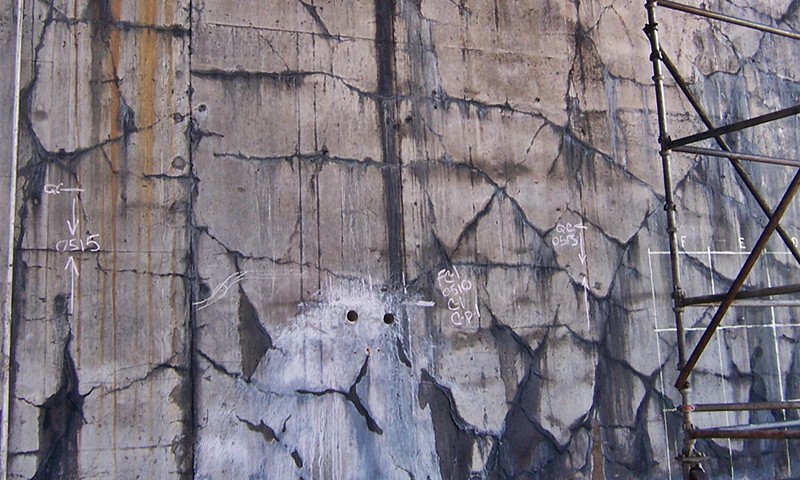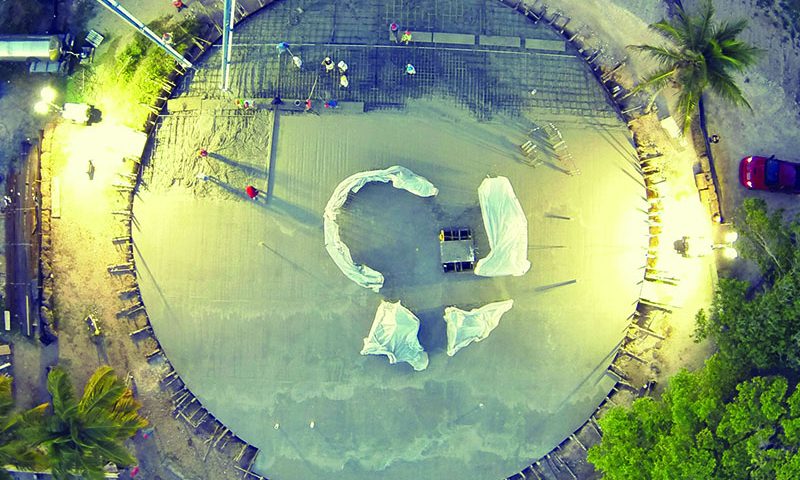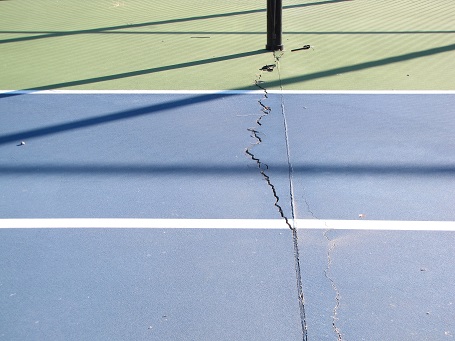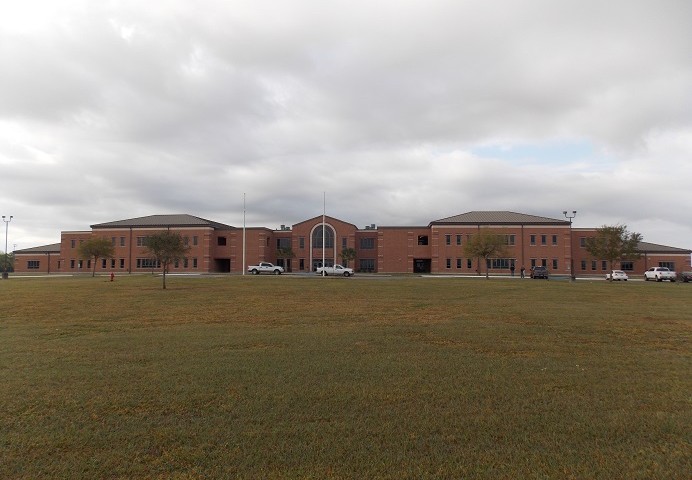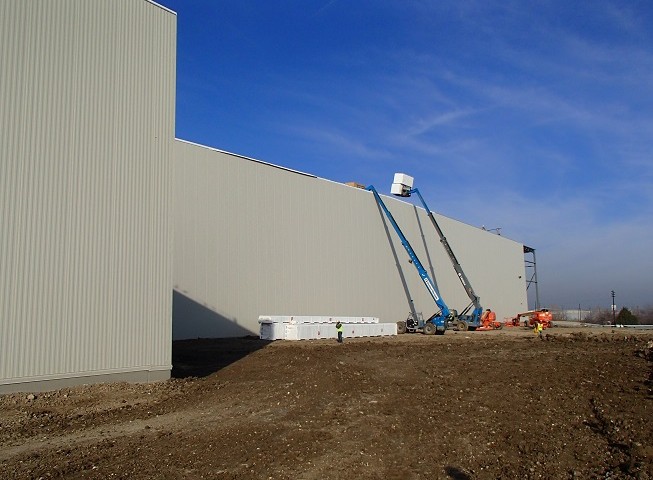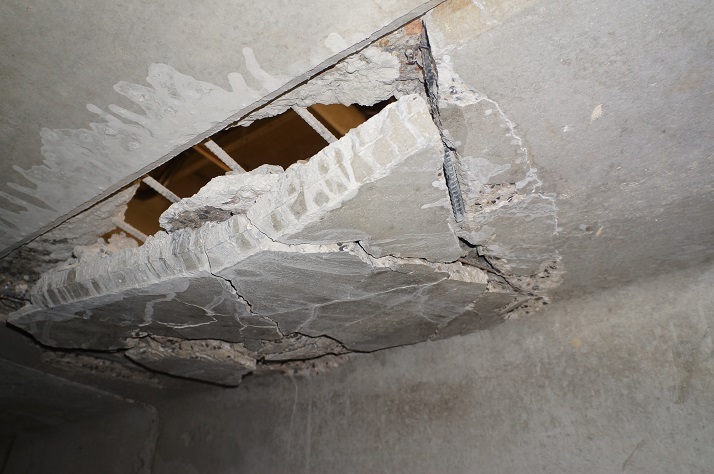Carrasquillo Associates (CA) was retained in 2016 to investigate distress in a multimodal transportation hub located in the northeast United States. The cast-in-place structure consisted of a slab on ground and two elevated slabs supported by a concrete frame. The elevated slabs as well as the concrete beams and girders were post-tensioned (PT). CA investigated concerns related to cracking in the concrete slab and frame, reinforcement cover, and concrete durability. As part of the investigation, CA made a site visit to the structure and also reviewed numerous documents including, among others, design drawings, specifications, photographs, shop drawings, expert reports, testing reports, and communications between parties. CA’s investigation helped to identify the causes and ramifications of the observed distress which allowed the parties to come to an agreement regarding the damages.
